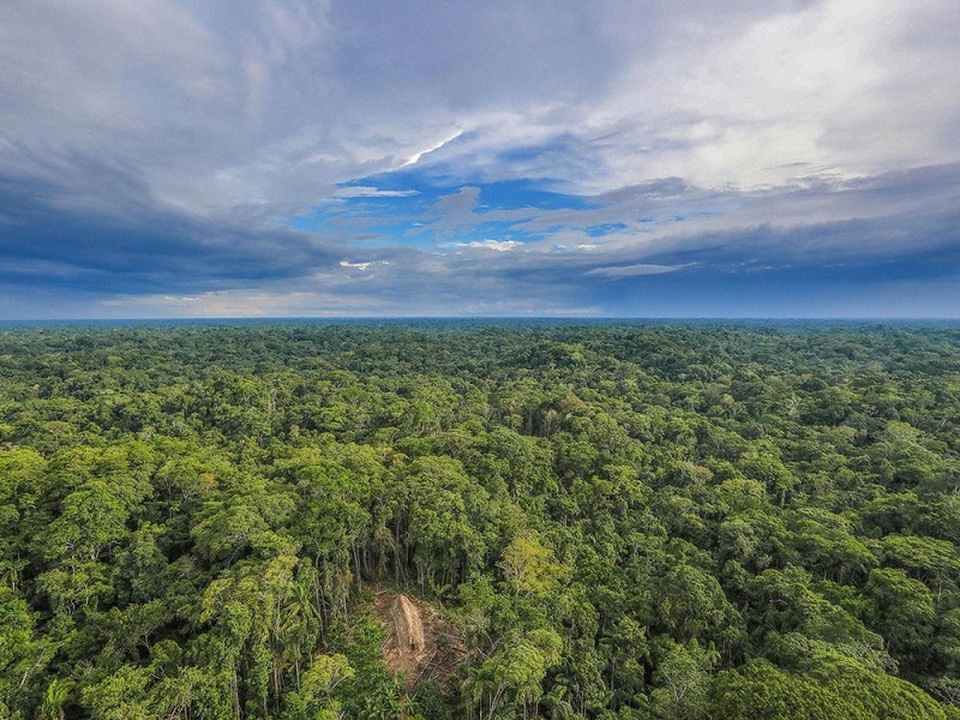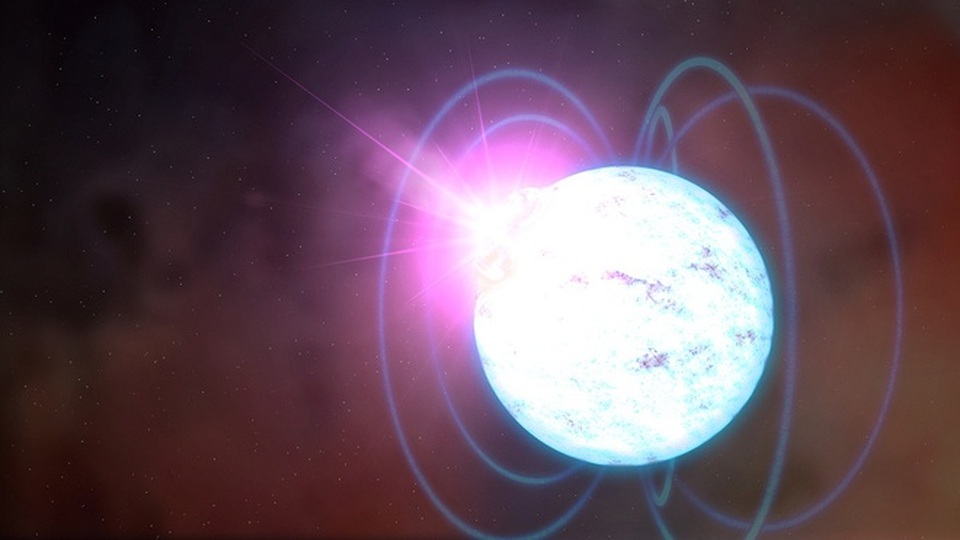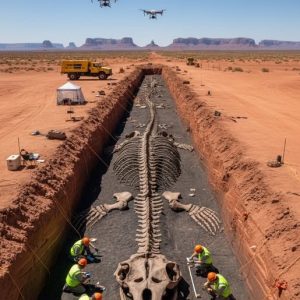There are interesting scientific facts about life around us that you may not know. The article below will provide you with some of those facts.
Newborns have about 100 more bones than adults.

Babies are born with about 300 bones, along with many cartilage attachments. This exceptional flexibility helps them pass through the cervix and allows them to grow rapidly. Over time, many bones fuse, leaving only 206 bones to form a standard adult skeleton.
The Eiffel Tower can be 15cm taller during the summer.

When matter heats up, its particles move around more and take up more volume – this is thermal expansion. Conversely, when the temperature drops, it contracts.
For example, the level of mercury inside a thermometer rises and falls as the volume of mercury changes with the ambient temperature. This effect is strongest in gases but also occurs in liquids and solids such as iron. Therefore, large structures such as bridges are built with expansion joints that allow them to expand and contract without causing damage.
This is also the reason why the Eiffel Tower will increase in height by about 15cm during the summer.
20% of the oxygen on Earth is produced by the Amazon rainforest

Our atmosphere is made up of about 78% nitrogen, 21% oxygen, and many other gases in small amounts. Most living things on Earth need oxygen to survive, which they then convert to CO2 when they breathe. Fortunately, we are constantly replenished with oxygen through photosynthesis in plants.
In this process, CO 2 and water are converted into energy, releasing oxygen as a by-product. The 5.5 million square kilometer Amazon rainforest provides a significant amount of oxygen to the Earth while also absorbing a large amount of CO 2 .
Some metals are so reactive that they will explode when exposed to water.

There are certain metals like Potassium, Sodium, Lithium, Rubidium and Cesium that are so reactive that they oxidize (or tarnish) immediately when exposed to air. They can even make a popping sound when exposed to water.
All elements strive to achieve chemical stability, in other words, to have a full outer electron shell. To achieve this, metals tend to give up electrons. The alkali metals, which have only one electron in their outer shell, are extremely eager to give this electron to other elements. As a result, they will easily combine with other elements to form compounds rather than exist independently in nature.
A teaspoonful of neutron star would weigh 6 billion tons.

A neutron star is the remnant of a massive star that has run out of fuel. The dead star explodes in a supernova as its core collapses in on itself due to gravity, creating a super-dense neutron star. Astronomers measure the incredible mass of stars or galaxies in solar masses. A typical neutron star has a mass equivalent to 3 solar masses. Neutron stars are also among the densest things known in the universe.
The Hawaiian Islands are moving 7.5cm closer to Alaska every year.

The Earth’s crust is divided into giant pieces called tectonic plates. These plates are constantly moving, pushed by currents in the Earth’s crust.
Hot, less dense lava rises to the top before cooling and sinking, creating circular convection currents that act like giant conveyor belts, slowly shifting the tectonic plates above them.
Hawaii, located in the middle of the Pacific Ocean, is slowly drifting northwest of North America, nearing Alaska. The speed at which the plates move is comparable to the speed at which our fingernails grow.
In 2.3 billion years, life will have difficulty surviving on Earth because the climate is too hot.

Over the next hundreds of millions of years, the sun will continue to grow brighter and hotter. Scientists predict that in just over 2 billion years, temperatures will rise so high that the oceans will evaporate, making life on Earth impossible. Our planet will become a vast desert, like Mars today.
When the Earth becomes a red giant in a few billion years, scientists predict that the sun will eventually engulf the Earth completely, marking the apparent end for our planet.










